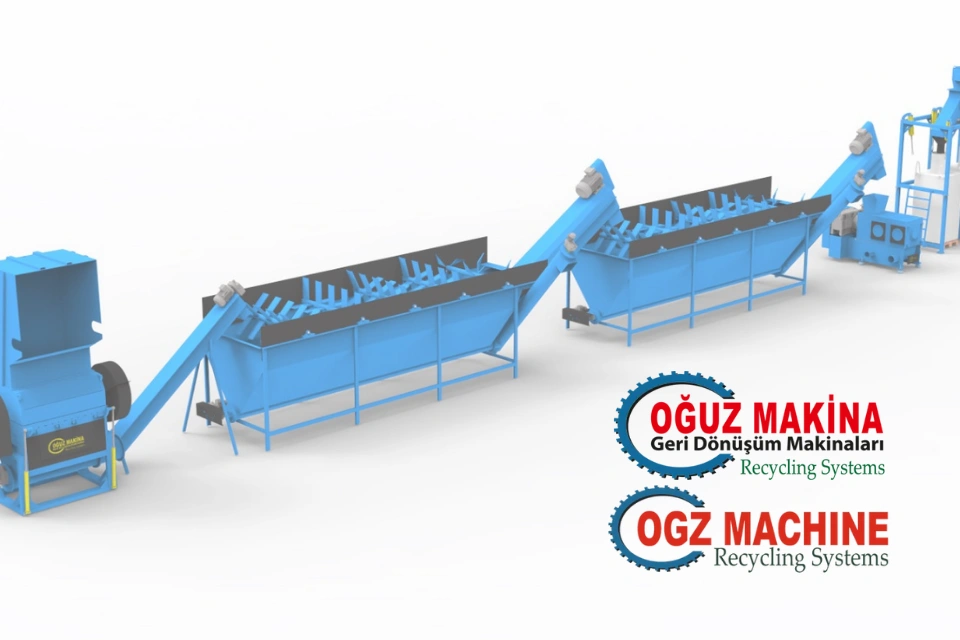Plastic has become an essential material in modern life. From packaging and automotive parts to home appliances and toys, we encounter it everywhere. However, this widespread use also brings a significant waste problem. That’s where plastic crushing machines come into play.
What Is Plastic Crushing?
Plastic crushing is the process of mechanically breaking down plastic waste into smaller pieces. It is one of the first and most important steps in the recycling process. Thanks to crushing machines, plastic waste is turned into granules and can be reused in production.
How Does the Process Work?
- Sorting: Plastics arriving at the recycling facility are separated by type.
- Washing: Contaminants such as dirt, oil, and labels are removed.
- Crushing: The plastic is fed into the crushing machine and broken down into small flakes.
- Granulation (Optional): The crushed plastics can be further melted and turned into pellets.
What Types of Plastics Can Be Crushed?
- PET (water bottles, beverage containers)
- HDPE (detergent bottles, pipes)
- PP (refrigerator parts, plastic crates)
- ABS (electronics casing)
- PVC (window profiles, hoses)
Advantages of Plastic Crushing
- Eco-Friendly: Prevents plastic waste from polluting nature.
- Cost-Effective: Reduces raw material expenses.
- Energy Efficient: Requires much less energy than producing new plastic.
- Sustainable: Supports a circular economy.
Who Needs Plastic Crushing Machines?
- Recycling plants
- Plastic manufacturers
- Injection molding factories
- Automotive industry
- Home appliance producers
Conclusion
Plastic crushing is a process that provides both environmental benefits and economic advantages. As an essential part of the recycling chain, it lays the foundation for sustainable production. If you want to contribute to plastic recycling, the right equipment and knowledge will help you take the first step.





